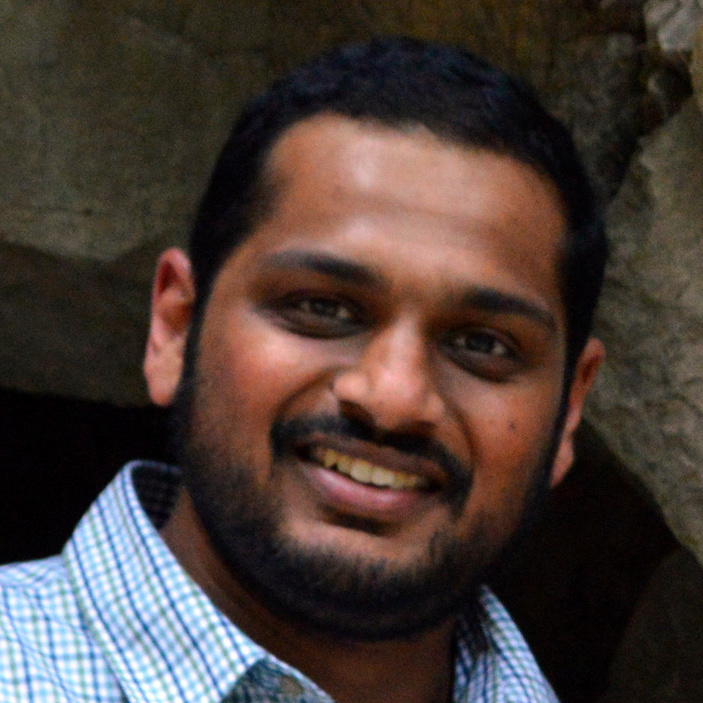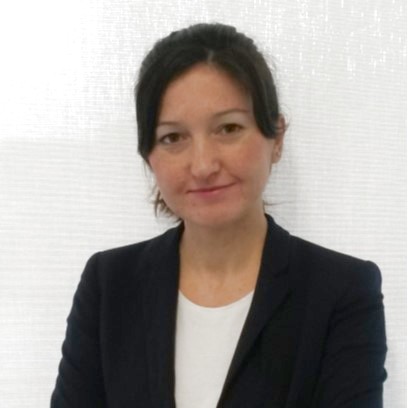Invited Talks

|
Inducing Fake, and Real, Information from NLP Models
Sameer Singh As machine learning models become better at generating factual looking information, they will increasingly become part of deployed, practical systems, with their output directly presented to users. In this talk, I will present some of our work demonstrating that current models are far from ready for such a use case: even if they look accurate, it is easy to manipulate them to generate false information, often using changes to the input that look unrelated and innocuous. I will present examples of such “adversarial attacks” on knowledge graph completion (produces false facts), reading comprehension (produces wrong answers), and text generation (produces fake text). I will also present some of our recent work on a language model that uses an external knowledge graph to generate more accurate text, as a step towards generating factually correct information by an NLP model. |

|
Fact Checking Using Stance Detection and User Replies
Emine Yilmaz Social media platforms are a plethora of misinformation and its potential negative influence on the public is a growing concern. This concern has drawn the attention of the research community on developing mechanisms to detect misinformation. The task of misinformation detection consists of classifying whether a claim is True or False. One of the primary problems studied as part of misinformation detection is stance detection, where the goal is to categorize an overall position of a subject towards an object such as agree, disagree, unrelated, etc. One of the major problems faced by current machine learning models used for stance detection is caused by a severe class imbalance among these classes. Hence, most models fail to correctly classify instances that fall into minority classes. In this talk, I will first present a model that addresses this problem by proposing a hierarchical representation of these classes and show how such a model could achieve significant performance improvement especially in the classification of minority classes. In addition to stance detection, the way people respond to a claim is also quite informative regarding the truthfulness of the claim. In the second part of this talk, I will present a model that uses information from people's replies to a claim that can be used to predict the truthfulness of the claims made, together with its uncertainty. |

|
Fact Verification with Semi-Structured Knowledge
William Wang Our society is struggling with an unprecedented amount of falsehood, hyperbole, and half-truths. Politicians and organizations repeatedly make false claims that jeopardize the integrity of journalism. Disinformation now floods the cyberspace and influences many events on and offline. To fight false information, the need for automatic fact verification has never been so urgent. Existing studies primarily focus on free-form text as evidence crawled from Wikipedia or News websites. The direction of using semi-structured knowledge as evidence like relational tables has yet to be explored systematically. In this talk, we will mainly focus on introducing a new benchmark dataset called TabFact, which allows us to systematically study the fact verification problem under semi-structured tables as evidence. |

|
The use and abuse of automated fact verification
David Corney The volume of unstructured text online continues to grow unabated, including digital news, TV subtitles and social media. Many people around the world now rely on online sources for their news. However, not all claims made online are equally reliable, leading to a demand for tools that can guide people towards trustworthy, verified content. New methods in AI and NLP are increasingly being used to extract structured information from text and one natural application is the fully-automated verification of claims made online. In parallel to this, fact checking organisations like Full Fact continue to work hard to verify a wide range of important claims and improve the quality of information in the public sphere. However, manual fact checking is a very labour-intensive process. Can NLP, machine learning and related tools help? In this talk, I will describe the fact checking process and the motivation behind it. I'll describe the tools that fact checkers currently use at Full Fact, including a fully-automated fact verification tool. I will also discuss the limitations of such tools, and how their misuse may lead to more harm than good. |

|
Fact Extraction and Verification for Precision Medicine
Hoifung Poon The advent of big data promises to revolutionize medicine by making it more personalized and effective, but big data also presents a grand challenge of information overload. For example, tumor sequencing has become routine in cancer treatment, yet interpreting the genomic data requires painstakingly curating facts from a vast biomedical literature, which grows by thousands of papers every day. Machine reading can play a key role in precision medicine by substantially accelerating knowledge curation, so that we "leave no fact behind". However, standard supervised methods require labeled examples, which are expensive and time-consuming to produce at scale. In this talk, I'll present Project Hanover, where we overcome the annotation bottleneck by combining deep learning with probabilistic logic, and by exploiting self-supervision from readily available resources such as ontologies and databases. This enables us to train accurate machine readers without requiring labeled examples, and extract knowledge from millions of publications, which can be quickly verified by medical experts to support precision oncology. |




